Poitiers, one of France’s oldest cities, combines Romanesque and medieval history with impressive architecture and a youthful student atmosphere. Located between Paris and Bordeaux, the city often goes unnoticed – unjustly so. Poitiers belongs on every bucket list: history and culture lovers will be thrilled by this former centre of power in the Middle Ages with its art museums and lively gastronomy. From here, you can take trips into the surrounding countryside, and those who prefer to look to the future rather than stroll through the past can visit the Futuroscope multimedia experience.

Old core – young heart
Poitiers is also one of the oldest university cities in France. Almost every second inhabitant is under 30, which gives it a lively and international flair. The historic old town pulsates with gastronomic and commercial life. In the Palace of the Counts, you can walk through the freely accessible Hall of Lost Footsteps, listen to the sound of your own footsteps and then take a break on the lively Place Jeanne d’Arc, which is lined with cafés.
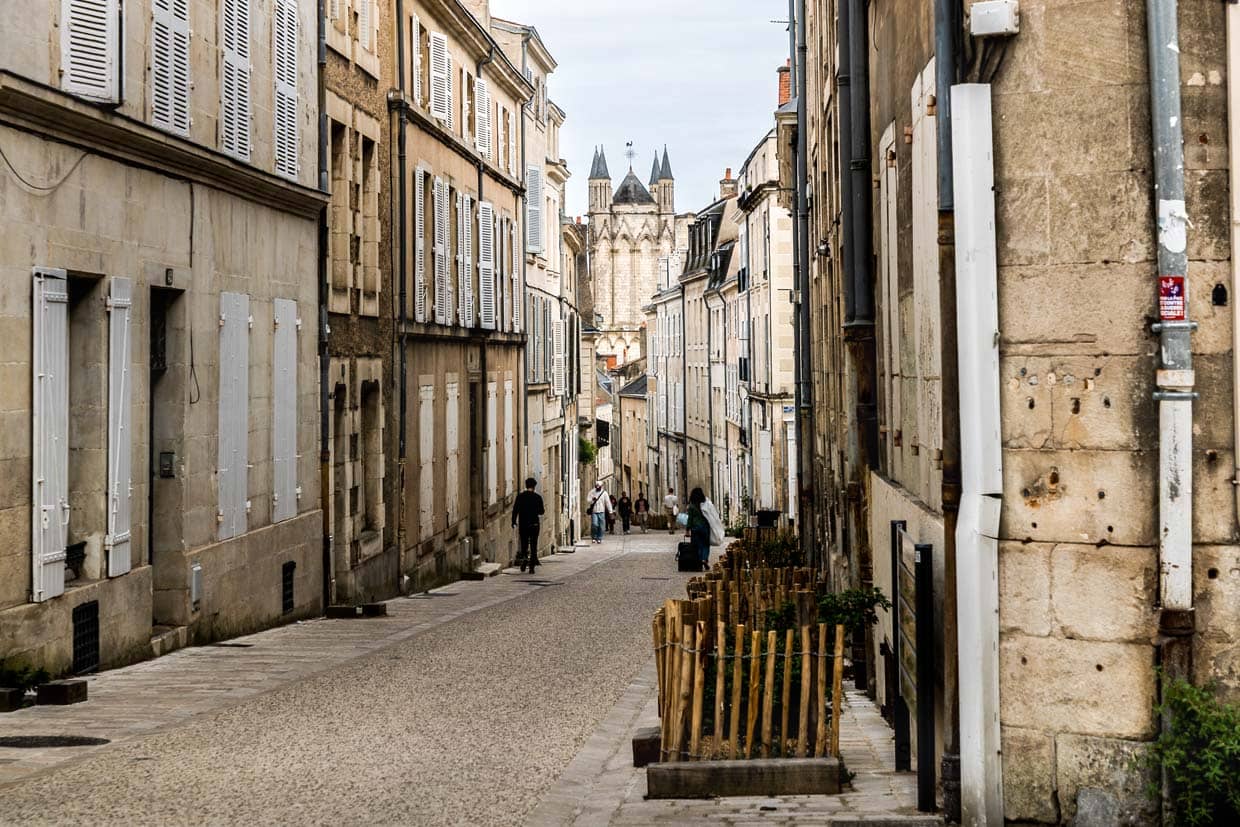
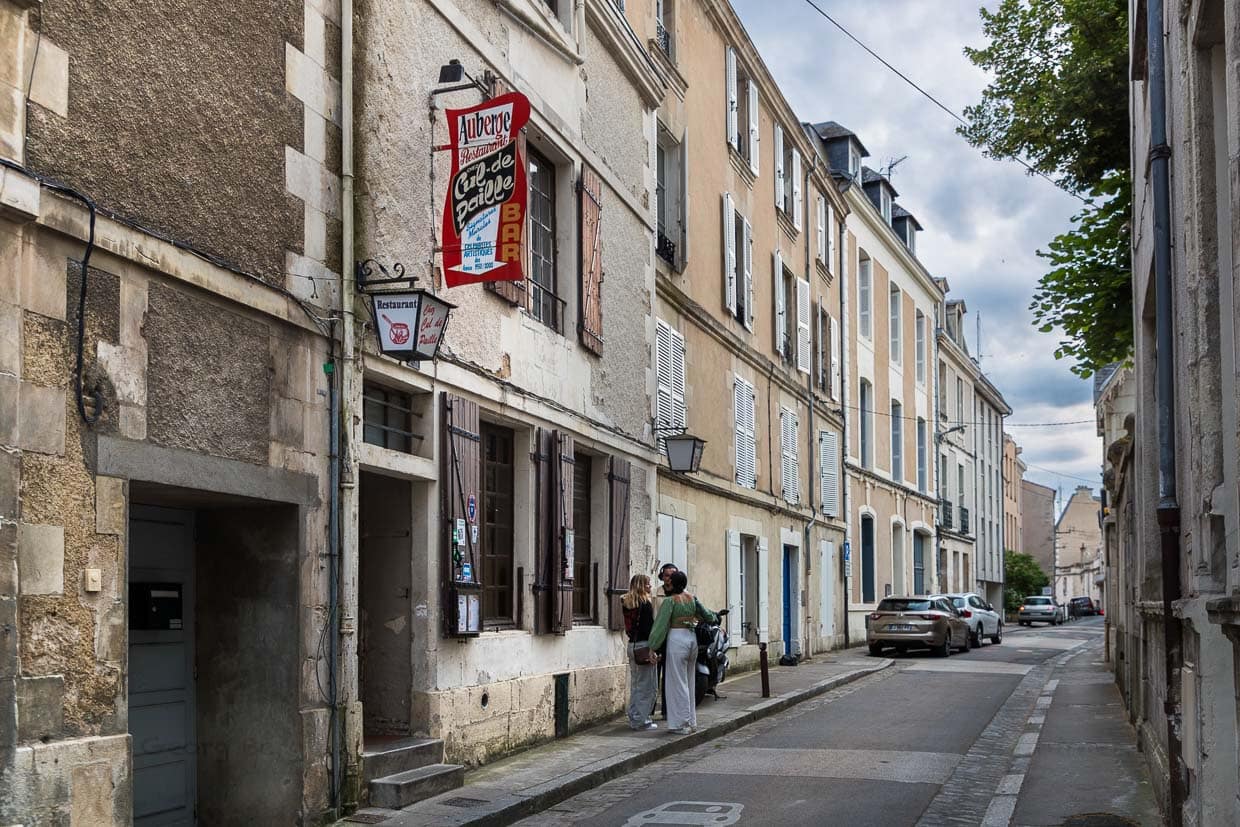
Cult restaurant Chez Cul de Paille
Without a reservation, it will be difficult to get one of the straw stools at Chez Cul de Paille. The restaurant, which dates back to 1843, enjoys cult status in Poitiers. It owes its name, Strohhintern, to the stools with seats made of woven straw. But the real attraction is the doodles on the walls. On closer inspection, they turn out to be signatures of famous personalities: Artists, singers and actors such as Arletty, Georges Brassens, Claude François, Jean Marais, Charles Aznavour, Manitas de Plata, Jeanne Sourza, Yves Montand, Jacques Brel or Coluche have immortalized themselves here. Chez Cul der Paille even offers a map to help guests keep track of the confusion of signatures.
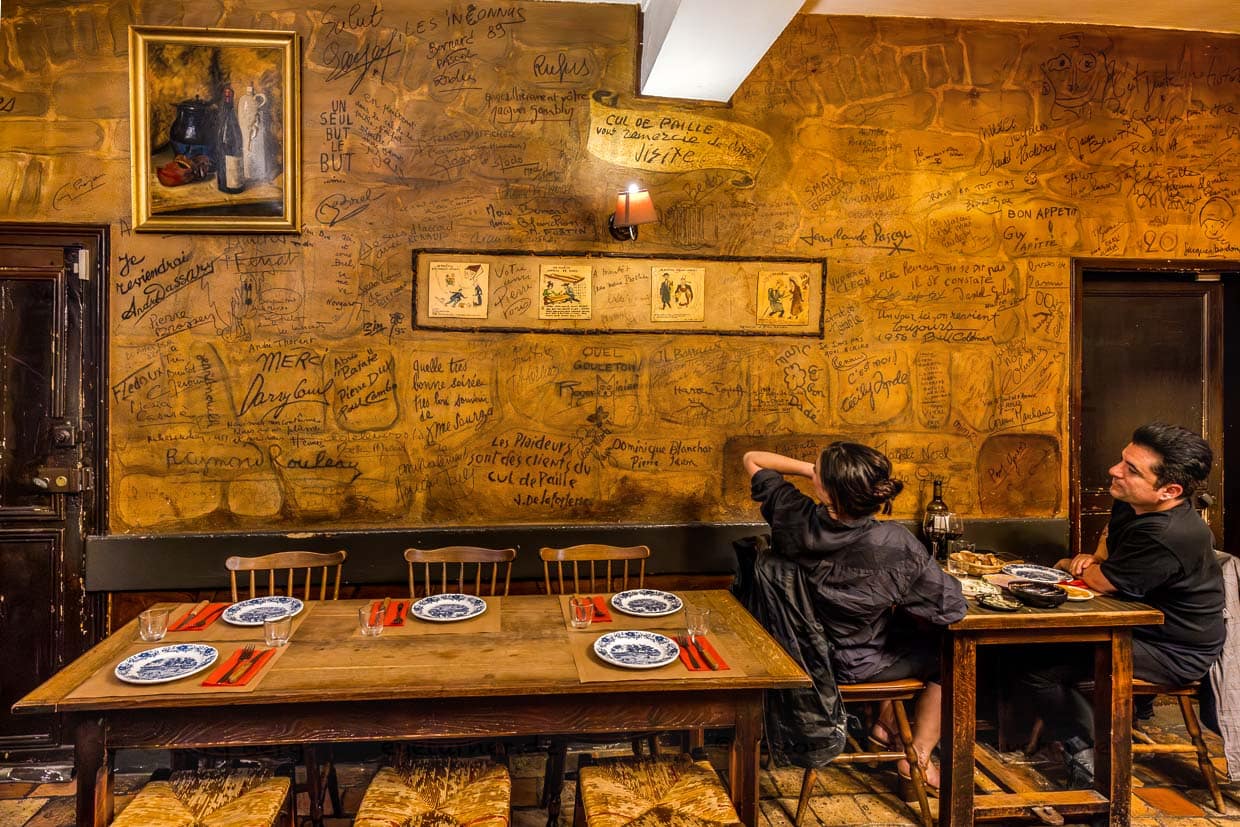
The menu features seasonal, creative French dishes with small starters and desserts to share. The main courses with fresh and regional ingredients change regularly. For dessert, there are homemade classics such as chocolate mousse or tart with fromage blanc and lime. In the Cul de Paille, guests can go down to the wine cellar and choose their table wine from the labeled shelves. The wine is brought to the table, where it is opened by the staff.
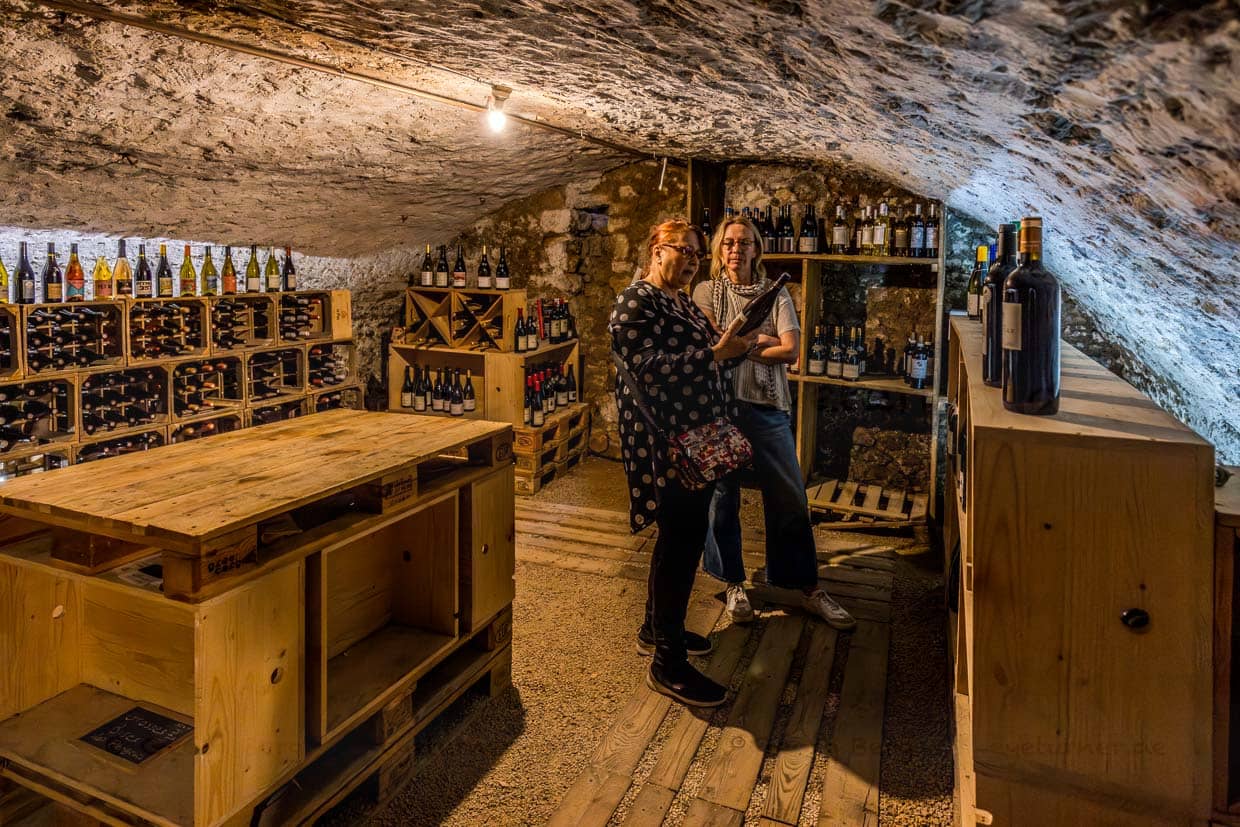
Femme Fatale Eleanor of Aquitaine
Eleonore of Aquitaine turned Poitiers, the capital of Aquitaine, into a center of power. She was the femme fatale of the European Middle Ages: Duchess of Aquitaine in her own right, Queen of France and later of England by marriage, mother of the English kings Richard the Lionheart and John Ohneland. The monumental buildings in Poitiers tell the story of Eleonore of Aquitaine, who was considered assertive and defended the independence of the Duchy of Aquitaine throughout her life. Visitors can book an Eleanor of Aquitaine tour. This tour takes you to historical and cultural sites that are closely linked to her life: Saint-Pierre Cathedral, Notre-Dame-la-Grande Church, the Palace of the Counts, the Town Hall and the impressive Salle des Pas Perdus.

Baptistery and Brutalism
The Baptistery of Poitiers is one of the oldest Christian buildings in the West. It was built in the 4th century and was remodeled several times until the 11th century. It narrowly escaped demolition in 1834 and is now a listed building. The Romanesque wall paintings in the baptistery and the old octagonal basin, which was once used for baptisms by immersion, are particularly impressive. Over the centuries, it was also diverted from its original purpose and used for casting bells.
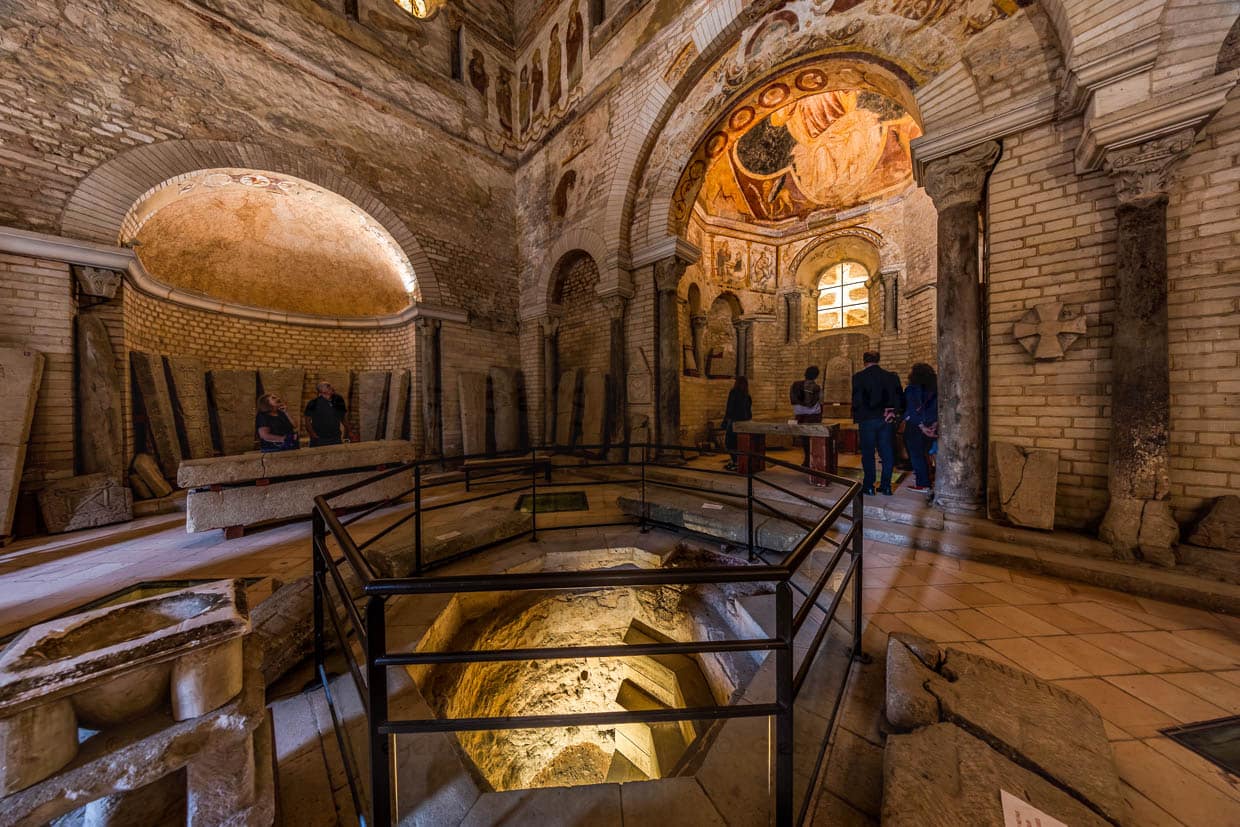
The Musée Saint-Croix received an award in 1974 for its Brutalist architecture, which uses exposed concrete, clean lines and simple geometric shapes. The museum presents a wide range of permanent and temporary exhibitions on art and history. The fine arts section features works from the 14th to the 20th century, including works by Camille Claudel, Auguste Rodin, Gustave Moreau and James Pradier.
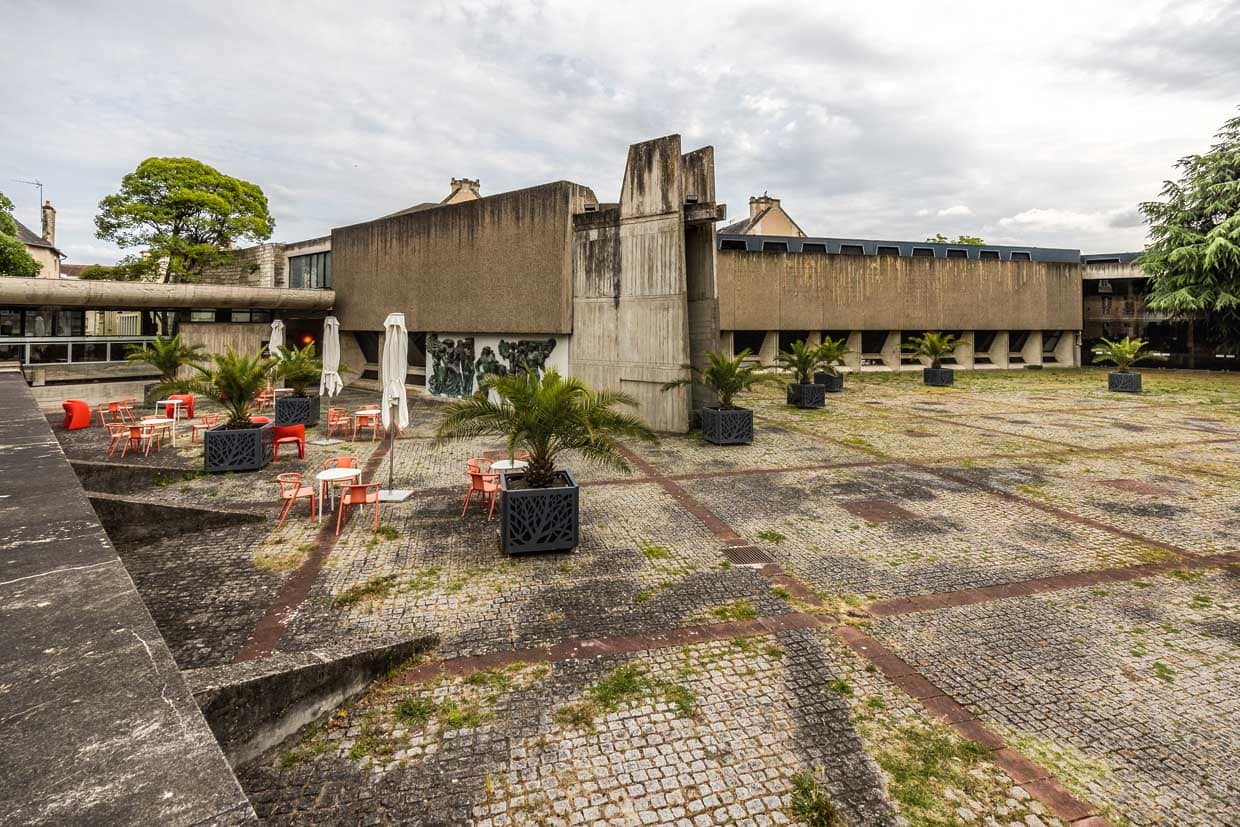
Looking into the future: Futuroscope
Since 1987, the Futuroscope has been showing the media technologies of tomorrow. The focus is on immersive cinema, virtual reality experiences, 4D adventures and state-of-the-art special effects. The architecture and attractions have a futuristic and experimental feel. Each cinema is housed in an individual, futuristic shell. Inside, visitors are immersed in virtual worlds, often with a scientific or technical focus. The park combines entertainment with knowledge transfer and clearly stands out from the classic theme park. In 2022, Futuroscope won three prizes at the international ParkWorld Excellence Awards.
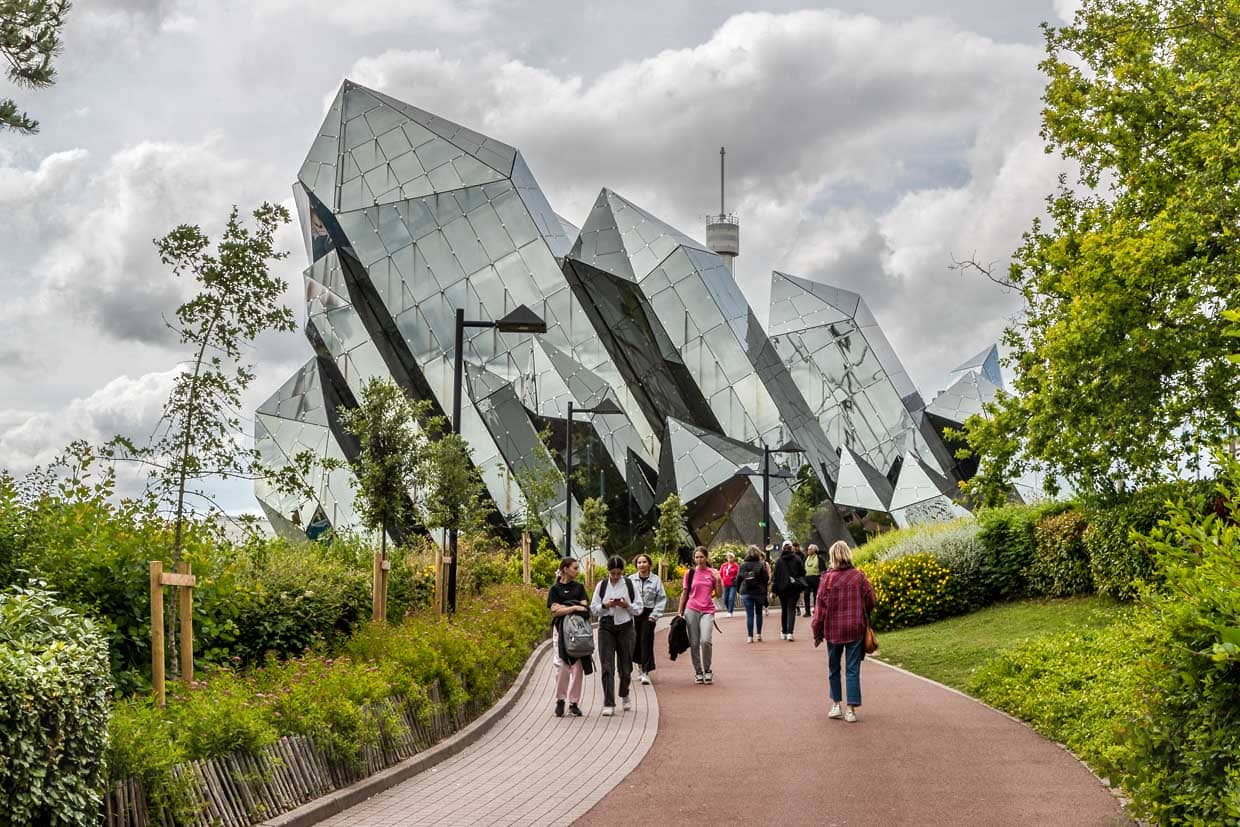
Excursion to Chauvigny
The small town of Chauvigny, around 25 kilometers east of Poitiers, is home to five castle ruins. The medieval skyline can be seen particularly well on a trolley ride on the old railroad line. The upper town of Chauvigny offers an extraordinary density of castle ruins, nestled in charming alleyways. The ruins serve various purposes today, including bird of prey shows and escape games. Every year at the end of August a medieval festival takes place in Chauvigny
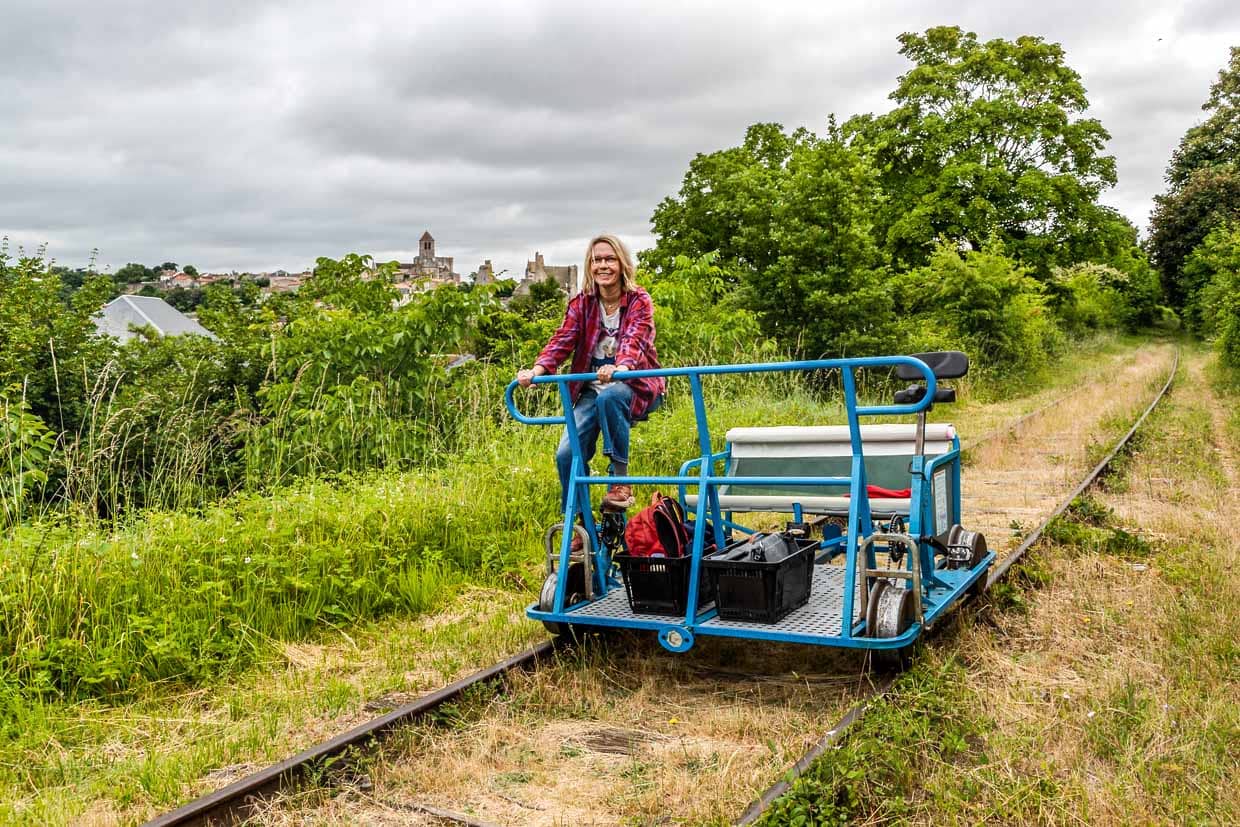
Idyll on the outskirts of the city: Hotel Domaine de l’Ecorcerie
Axelle Favre, her sister and her mother created the boutique hotel Domaine de L’Ecorcerie from their grandparents’ house. Surrounded by meadows and woods, it offers the perfect retreat. From the terrace, the view sweeps across a paddock. The horses stand close together under a large pine tree, puffing occasionally, otherwise there is silence – wonderful. The breakfast made from regional ingredients is just as wonderful. Bread and pastries are supplied by a traditional bakery from nearby Saint Bernois, the scrambled eggs are freshly prepared and the jams are homemade. Axelle attaches great importance to sustainability – the hotel has recently been awarded an Ecolabel. “We don’t feel like a hotel,” she says, “and we also like to sit down with our guests for a drink. “
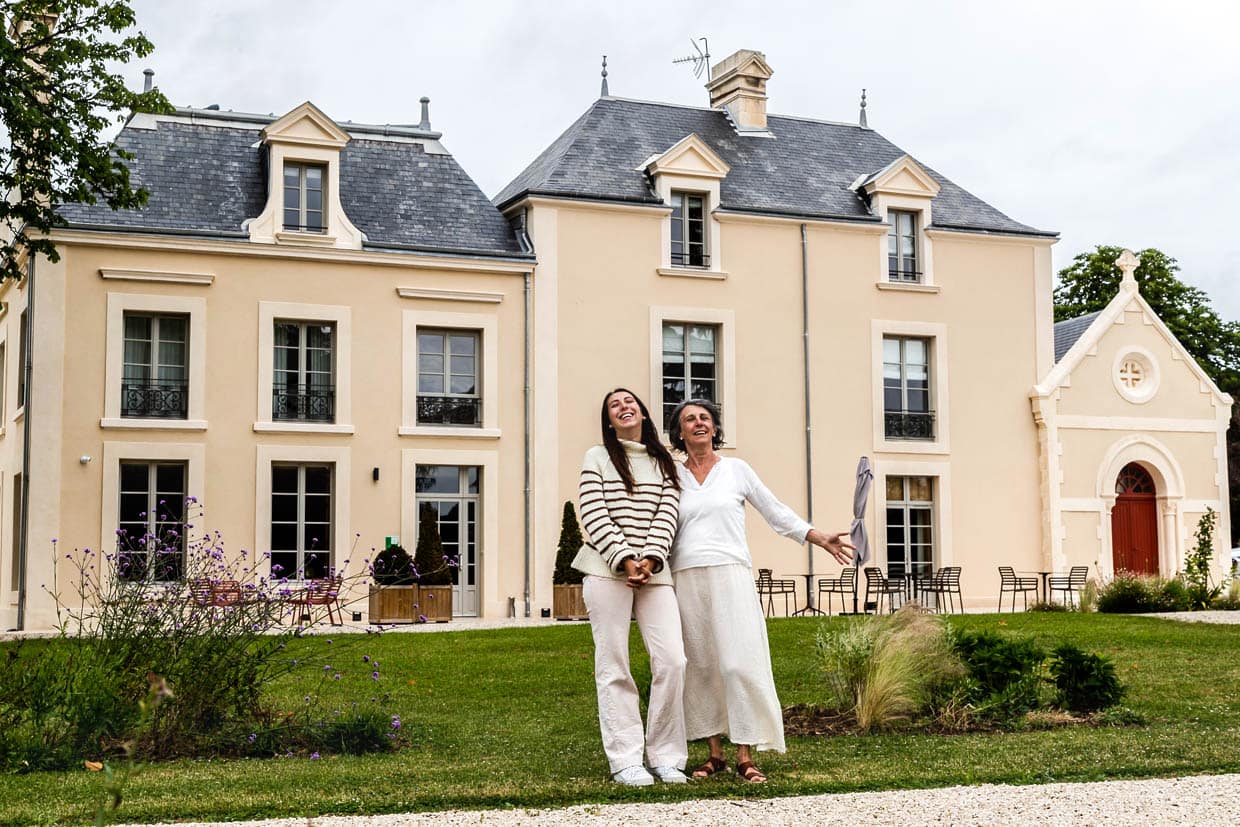
Highlights in Nouvelle-Aquitaine
The Charente winds its way through the French region of Nouvelle-Aquitaine for 380 kilometres. Its course leads from the mountainous headwaters over rolling hills and vineyards to the maritime floodplains at the estuary. From Angoulême, the French capital of comics, the river is navigable all the way to the Atlantic at Rochefort. It was once the main transport route for cognac production. Today, cognac houses and winegrowers invite you to take part in spirit tourism, while cycle paths such as the Flow Vélo take you past picturesque villages, old stone bridges, a rare floating ferry, water mills, castles and the historic centre of Angoulême. The Charente is still an insider tip, as it is one of the most unspoilt river landscapes in France: hardly any mass tourism, but plenty of nature, tranquillity and enjoyment. The small island of Aix was once a bulwark to protect the Charente estuary from enemy fleets and is now a popular destination for a day trip to the sea. There is also plenty to discover in Nouvelle-Aquitaine away from the Charente. For example, some skewered plate art made us think outside the box once again. The city of Poitiers, halfway between Paris and Bordeaux, was the centre of power in the Middle Ages and offers immersive cinema at the Futuroscope leisure park. The city of Limoges is famous for its French porcelain, and a tour of the city provides an insight into the art of porcelain making. There are also great museums dedicated to the history of porcelain art . The journey continues to the Creuse and Berry region. It is the home of the writer George Sand and the cradle of tapestry in France. In A Carpet for George Sand, the two themes are linked. The Cité internationale de la Tapisserie in Aubusson shows that carpets are not the dusty art of bygone days.
The research trip was supported by Nouvelle-Aquitaine Tourism and Visit Poitiers


